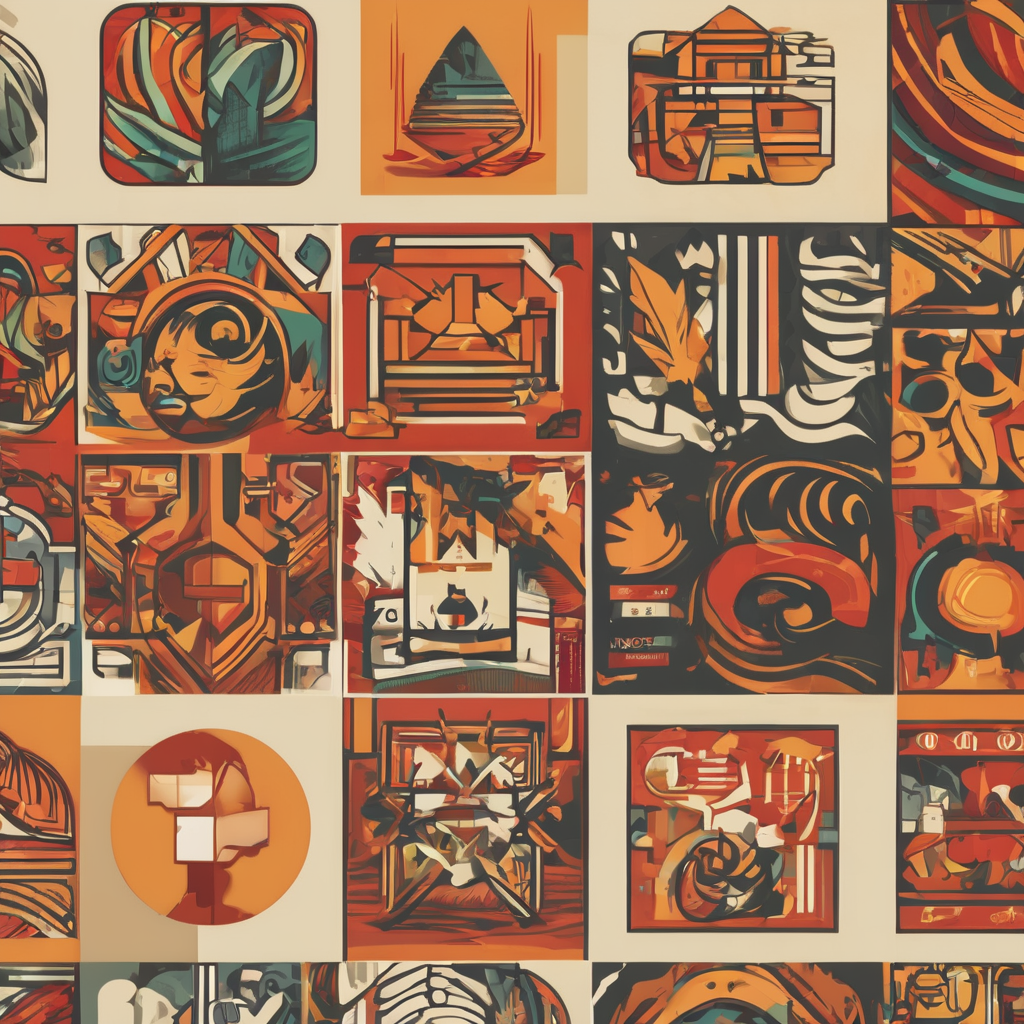Understanding Upcycling in Gardening
Incorporating upcycling into gardening not only transforms your outdoor space into a creative paradise but also supports sustainable gardening. Upcycling involves repurposing items that might otherwise become waste, such as old wood or tires, to serve new purposes in the garden. This approach not only reduces waste but also fosters eco-friendly practices by minimizing the carbon footprint associated with manufacturing new garden products.
Sustainable gardening focuses on creating a balance between plants, animals, and humans, aiming to reduce negative environmental impacts. By embracing eco-friendly practices, gardeners can create harmonious outdoor spaces that benefit the environment. This includes using organic materials, encouraging biodiversity, and conserving water.
Also to see : Illuminate Your Huddersfield Living Room: Creative Ways to Boost Indoor Lighting with Reflective Surfaces
To integrate upcycling in your garden, consider reusing household items instead of discarding them, thus contributing to a sustainable future. Items like old bricks for border edging, or plastic bottles for planters, can add an aesthetic twist while enhancing sustainability. Such choices not only save money but also personalise your garden space, showcasing your creativity and commitment to eco-friendly practices. Engaging in upcycling helps to maintain a verdant and flourishing natural environment, fostering a deeper connection with nature.
Innovative Upcycled Garden Furniture Ideas
Elevating your garden’s aesthetic doesn’t have to be costly or environmentally taxing. Upcycled garden furniture can transform your outdoor space into a sustainable haven. Using creative DIY projects like crafting furniture from repurposed materials, not only serves an eco-friendly purpose but also offers an opportunity to personalize your garden, reflecting your unique style.
Also to see : Optimal indoor plants to combat seasonal allergies in your london apartment: innovative management strategies
Repurposed Wooden Pallets
Old wooden pallets are versatile treasures in garden furniture creativity. For seating and tables, consider sanding down pallets, stacking them securely, and finishing with weatherproof paint. This ensures the furniture withstands the elements, adding longevity. Local resources in Bristol often have a surplus of pallets, making it both cost-effective and environmentally friendly to source them locally.
Converted Used Tires
Used tires can be repurposed into eye-catching furniture or planters. Painting tires and stacking them as chairs or tables can add vibrant color to your garden. To ensure safety, clean the tires thoroughly and screw them together securely. Pairing tires with complementary plant arrangements enhances the overall aesthetic, blending natural elements with creative DIY projects.
Old Furniture Redesign
Transforming old furniture into garden-worthy pieces involves creativity and durability adjustments. Repainting, adding cushions, and sealing can convert any indoor piece for outdoor use. Trendy designs might involve distressed finishes or eclectic color schemes, enabling you to showcase both sustainability and style in your outdoor oasis.
Step-by-Step DIY Projects
Engaging in DIY garden furniture projects is both rewarding and environmentally friendly. Creating these pieces can save money while fostering creativity. When planning a DIY project, concentrate on the required materials, many of which can be sourced from local suppliers in Bristol. This not only supports the local economy but also reduces emissions linked to transportation.
Start by identifying the piece you wish to create, such as a planter or seating. Gather your materials: repurposed wood, screws, and weatherproof paint. Ensure you have the necessary tools like a saw, drill, and sandpaper. Each project varies in complexity, requiring different skill levels. For instance, crafting a basic pallet chair might take around 3-4 hours and suit beginners, while an elaborate upcycled table may demand intermediate skills.
Focus on the details—measure twice, cut once, and always follow safety protocols. As you progress, embrace experimentation. Unique designs often emerge from trial and error. The satisfaction derived from completing a hands-on project is immense, marrying sustainability with personal accomplishment. Empower your garden space by turning imaginative blueprints into tangible, beautiful greenery-enhancing furniture.
Maintaining a Greener Garden Environment
Maintaining a sustainably managed garden is achievable by adopting several green practices. To keep your upcycled garden furniture in top shape, regular upkeep is crucial. Use eco-friendly products for cleaning and sealing furniture surfaces. Natural oils and waxes can help preserve wood, offering protection against weather conditions without harmful chemicals. For gardening maintenance, prioritise non-toxic pesticides and fertilizers, which are gentler on the ecosystem.
Incorporating sustainable garden maintenance not only extends the lifespans of your DIY projects but also benefits the environment. Consider rainwater harvesting to efficiently water your plants and maintain your garden’s ecosystem. Planting native species encourages local wildlife, enhancing biodiversity. Mulching with organic materials enriches the soil, conserving moisture and reducing weed growth.
To further balance your backyard ecosystem, incorporate practices like composting and crop rotation. These methods reduce waste and promote soil health, reflecting your commitment to eco-friendly gardening. Additionally, create habitats for pollinators by planting flowering plants and installing bird baths. Such measures ensure a vibrant, healthy garden while also showcasing your dedication to a greener garden environment.
Enhancing Backyard Aesthetics
Creating a visually appealing garden aesthetics involves thoughtful integration of upcycled furniture into your overall backyard design. A crucial step is selecting pieces that not only serve practical purposes but also enhance the visual appeal of your garden. Consider incorporating unique pieces like vibrant tire planters or rustic pallet seating, which seamlessly blend functionality with creativity.
When selecting plants and decor, think about how they complement your upcycled elements. Choose flora that harmonizes with your furniture’s design, playing with contrasts in colour and texture. For instance, bright flowers paired with neutral-toned pallet furniture can create a striking yet cohesive look.
Colour schemes play a pivotal role in tying your garden together. Opt for colours that reflect natural tones, or go bold with eclectic mixes to add personality. Establishing a theme can guide your design choices, whether it be a serene Zen garden or a whimsical cottage-style retreat.
Incorporating these concepts not only bolsters your garden’s visual impact but also reinforces a commitment to sustainable and eco-friendly practices. By intertwining upcycled elements with thoughtful design, you achieve a harmonious balance, fostering an inviting and serene outdoor space.




